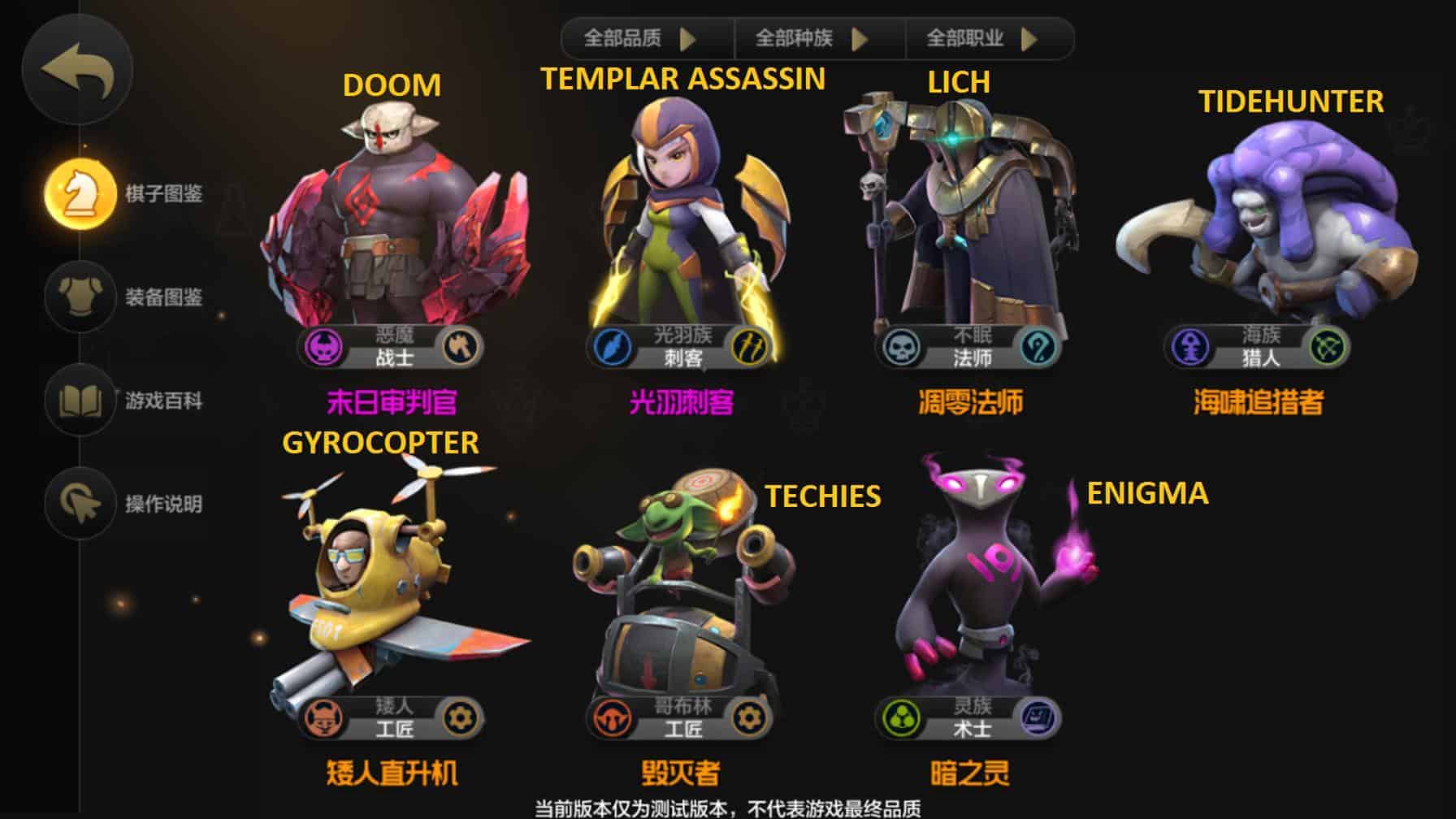
She also teaches a Farm to Fashion program where participants tour an alpaca and sheep farm to learn every step of scarf creation.For those who want to compete seriously in Auto Chess it is very important to know which parts are better than the others. Thinking about these players, we brought down the tier list (list of the best pieces) with all the units of the game. The table also shows the respective races and classes of the pieces to facilitate the assembly of strategies and synergies.Ĭheck out the list of the best parts in Auto Chess below! Malvar-Stewart embraced the local designer world, and now serves on the Greater Columbus Arts Council board and teaches at the Columbus College of Art and Design. I found out that we're third in the nation in terms of the concentration of fashion designers, but I noticed that there weren't a lot of independent fashion designers." "They recruited the entire lab to Children's Hospital and OSU.But then I was just like, 'What am I going to do?'. "My husband was a professor and a researcher at Columbia University, and he was part of a lab," she explained. I was like, 'I'm creating so much waste, how do I continue to create high-end pieces with no waste?' That's when I went back and got my Master's at Eastern Michigan University and then I started to manipulate fibers."Īfter seven years in New York, Malvar-Stewart landed in Columbus. "And these bins were filling up and they were overflowing. "When I was in San Francisco, I started my own brand," she said. She began her design career in San Francisco before moving to New York. Malvar-Stewart realized how much waste she was creating as a designer after she graduated from the American College in London, which is now Regent's University. Ward spends more time now pursuing high-fashion and couture styles outside of denim, in addition to jewelry, finding inspiration from textures and patterns in tropical fish and the natural world.

So right now and with my denim, I make one-of-a-kind pieces and they're very unique. "That is very hard to compete with because their prices are a lot cheaper. "What I used to do, fast fashion is doing it faster," she said. The collection Ward started after leaving her job was called "Ghetto Blues," inspired by navigating life with a daughter in a poor area.

Here we are 30-something years later, that's all I've ever done." But I just said, 'This is not what I want to do.' So I left. "I quit, and everybody said, 'You're crazy!' " she said. "I started with denim because I couldn't afford fabric at that time," said Ward, who founded her fashion design firm in 1987 with a style she describes as avant-garde, contemporary funk and unisex.īefore becoming a full-time designer, Ward worked at National City Bank. Xantha Ward can't remember when she wasn't sewing and creating, starting with reconstructed garments and a material tough enough to ruin sewing machines. "I don't want to be left behind." Xantha Ward

"It's our response to the future and I like being part of the future," Ismadia said. The duo has been expanding their product line and creating digital 3-D renderings of their designs that allow consumers to "wear" their fashion online, in photos or on Zoom meetings. "Ĭhess and Ismadia see the future of fashion as digital. "I think we literally submitted our application when there was like five minutes. "It just seemed ludicrous that we would be able to get into this fashion show because it's mostly ornate gowns," Chess said. Two years after its founding, Maris Equi landed a spot on the Fashion Week Columbus runway.


 0 kommentar(er)
0 kommentar(er)
